I am a “cheap spindler” in much the same way as I am a cheap drunk…it doesn’t take much to make me happy! Don’t waste the good wine on me. I do not have a refined palate. So, it is little wonder that I am content to use my humble Cusco drop spindle when I get the urge to spin. I just don’t have a refined palate for spinning tools.
The Cusco spindle was the second one I ever got, the first being from San Pedro de Atacama in northern Chile. The Cusco one that I got in 1996, being more robust, became my constant travel companion. It was practical. Although I have collected many more spindles on my weaving safaris since then, this Cusco one is the one I always use while the others hang on the wall as souvenirs of places I have been and people I have met.
The very first spinning that I did for weaving on my backstrap loom was with some extremely dry, brittle, and filthy llama fiber that I had bought from a farmer while wandering about the back roads of Uyuni in the Bolivian highlands. I cleaned and prepared it. The dust and dirt would have me wheezing and my skin would crawl and eyes run every time I opened the bags to get more. It made for good spinning training. I gave the fiber a tremendous amount of twist because at that time I believed that this was the only way hand-spun yarn could possibly stand up to the abrasion of warp-faced weaving. I have since learned that this is not so.


Prior to that experience, I had spun wool while still living in the Chilean Patagonia in the mid 1990s. I had brought some alpaca back from my first trip to Peru but had made a mess of it. That had me turning to sheep. There were sheep galore down there and I was given a fleece. So, I got experience washing and carding it and my first project was knitting! I can hardy believe it as I can barely knit. But I designed a pattern and fumbled my way through knitting the front of a vest. I wove the back panel in balanced plain weave on my Navajo-style vertical loom…without a reed. I probably didn’t even know that reeds existed back then. The knitting yarn was spun on the Cusco drop spindle and the yarn for the weaving on an Ashford Traditional wheel that my boyfriend at the time had brought back from the Falkland Islands. Spinning yarn that worked well for this knitting and weaving was a complete fluke. I really had very little idea about what I was doing.

I really enjoy reading the online group forums about spinners and their spindles. The participants’ love and enthusiasm for their tools is wonderful….I totally get it but I just don’t share it. Some of the spindles they show are beautiful pieces of craftsmanship and I love seeing them. But when it comes down to it, I just want to get the job done.
It seems that when it comes to spinning I am totally product oriented which is kind of strange as it is quite the opposite when I weave. I just want to get this stuff done so I can go weave with it. In weaving I am all about enjoying the process. I probably would not have been willing to devote any time to spinning if not for the pandemic. The combination of needing to keep my hands busy during Zoom sessions as well as a dwindling stash has had me happily spinning up all the wool I could find in my closet. Now I am making a start on the cotton. There’s still some alpaca lurking in there.
And as with my favored Cusco spindle for wool, I have taken the takli that Elizabeth gave me in Australia as my one and only tool for cotton. It is all I feel the need for right now. It makes for quiet, comfortable, and fuss-free Zoom spinning.
My collection of spindles that I have gathered in my travels includes a few that are used for cotton. Here are two from Guatemala and one that I bought from my Guaraní teacher here in Santa Cruz. The whorl on that one is a piece cut from the sole of a sandal.
And of course, there is the horizontally-held spindle that is used by my teachers in coastal Ecuador.

Here are some tiny whorls from coastal Ecuador that the family had found while ploughing their fields. There were close to forty of them sitting in a bowl on a shelf, just like that.
The cotton sliver that I have been spinning was given to me by my friend Betty. One day while breaking off a length from the bundle in the closet to continue spinning, a label fell out which identified it as the Sea Island variety bought from a place called Straw into Gold. Judging from the yellowed state of the label and the fact that it had been typewriter-written, I am guessing that it was bought quite a long time ago. I had been becoming increasingly pleased with my progress spinning cotton but am less so now after having read a little about this variety of cotton online. Apparently it is known for its particularly long staple which makes it one of the easiest varieties to spin. Darn! It seems that I have started at the wrong end of the learning process. Considering how I struggled through the preparation and spinning of that ugly llama fiber all those years ago as well as going to the trouble of washing and carding the fleece I had been given in Chile, it seems like cheating to be picking up this beautifully prepared long-staple cotton as my (almost) first-ever cotton-spinning experience. I wonder if it will feel like going back to square one when I finish this and then start on the other varieties that I have. My very first experience had been in coastal Ecuador where I got to work almost from scratch, de-seeding, teasing apart, and fluffing up the cotton. It was difficult spinning it on the horizontally-held spindles compared to what I do now with the takli. Unfortunately, I didn’t spend much time on it while there, being much more interested in the weaving part of the process. My teachers already had plenty of spun singles that they doubled for warp so that I could learn how they weave their double-pocket saddle bags and hammocks. We would pass time in the evenings on cotton preparation.
I put in a little practice when I got back home but the loom soon called me away…
But now to the present. After finishing my big bag project, I took a few days off to spin cotton and think about what should be next on my loom.

I decided that I wasn’t quite done with the three-color pebble yet and that I should weave a study in color transitions. Upgrading my camera strap gave me a product to justify the use of my hand-spun for this study. I dyed some of it a rust color so that I would have three colors that would work well together in all possible arrangements.
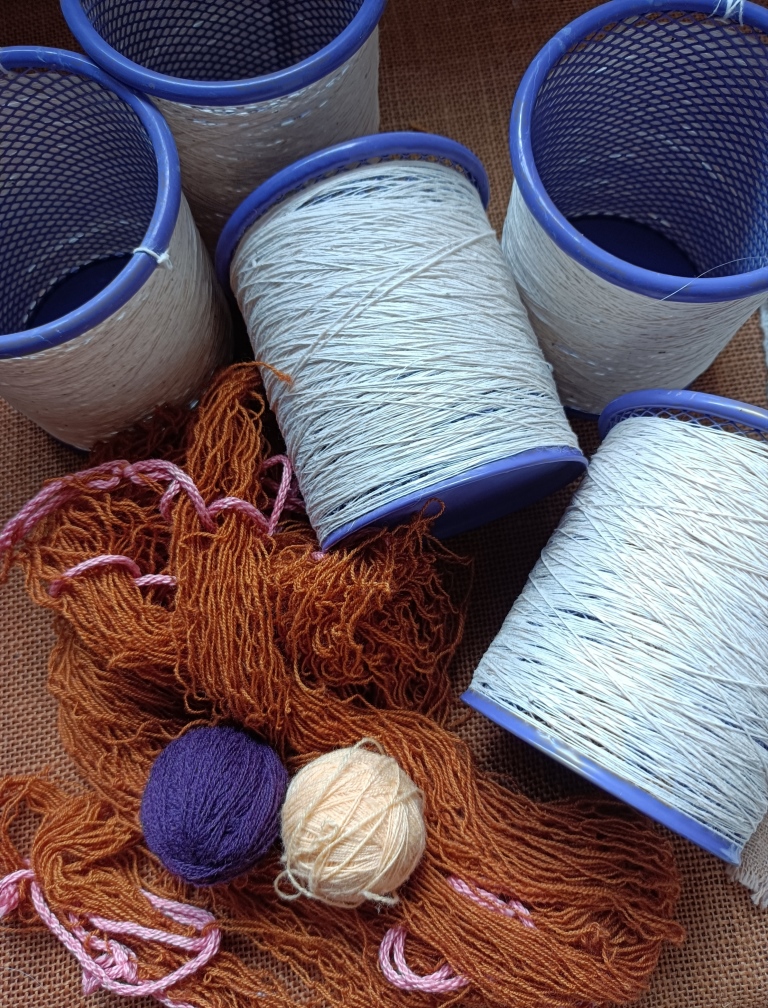

In the picture above, I was testing shapes for the tabs which I would later cut from leather. I have an old home-made leather backstrap that was just the right color and was willing to sacrifice it for this project. I couldn’t get anyone in the street market to sell me just a tiny off-cut of leather and the available colors weren’t quite right in any case. Hand-stitching the leather was fun.

And here I am wearing the strap with its upside-down hummers on one side! and my “Ta-da!” face.
What’s next? I have started a sample for a wool Finnweave cowl. I am using 20/2 wool and need to see if the proportions of the motifs in my weaving with this material match those of the figures on my chart. But first I had to go through that annoying confusion of trying to figure out Finnweave all over again. You make notes from the last project but they are never thorough enough because you stupidly assume that some things are just too obvious to bother writing down. Not so! This time I will get it right and make sure I write down every single detail.
The other purpose of this sample is as a width gauge. This 20/2 wool is a fair bit thicker than the 20/2 cotton that I have been using for Finnweave lately. I have to get used to the difference between the cotton and wool. Cotton, naturally, gives a much sharper image and the hairiness of the wool makes it easier to produce skips in the lower layer of the double weave.
The other project idea that is waiting its turn is a very, very simple double-ikat pattern using my hand-spun cotton. I would hate to waste this lovely Sea Island cotton on a failed double-ikat experiment but I am so curious to see if I can manage to make it work. I will just have to keep reminding myself to keep it simple.


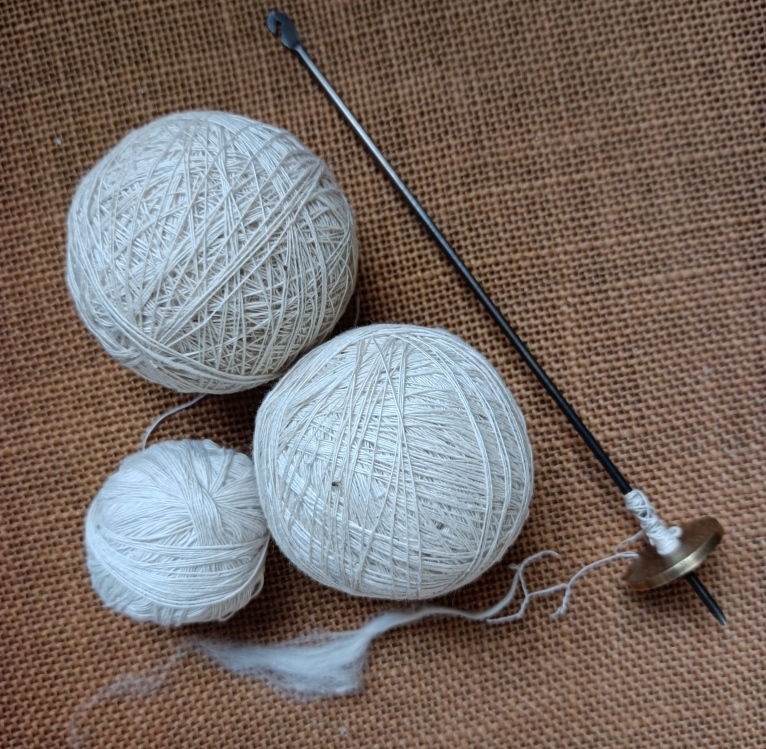

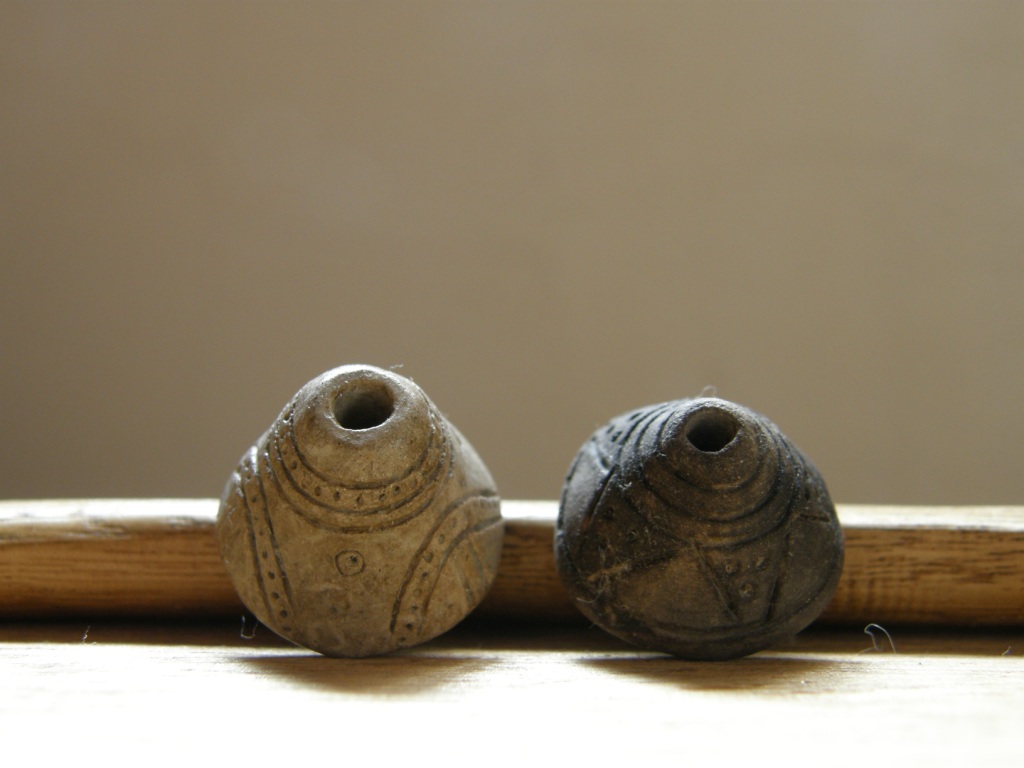
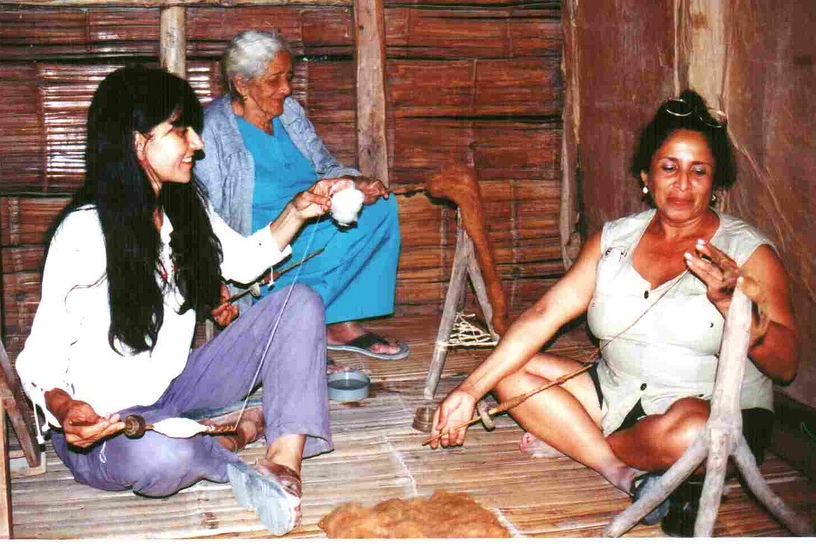


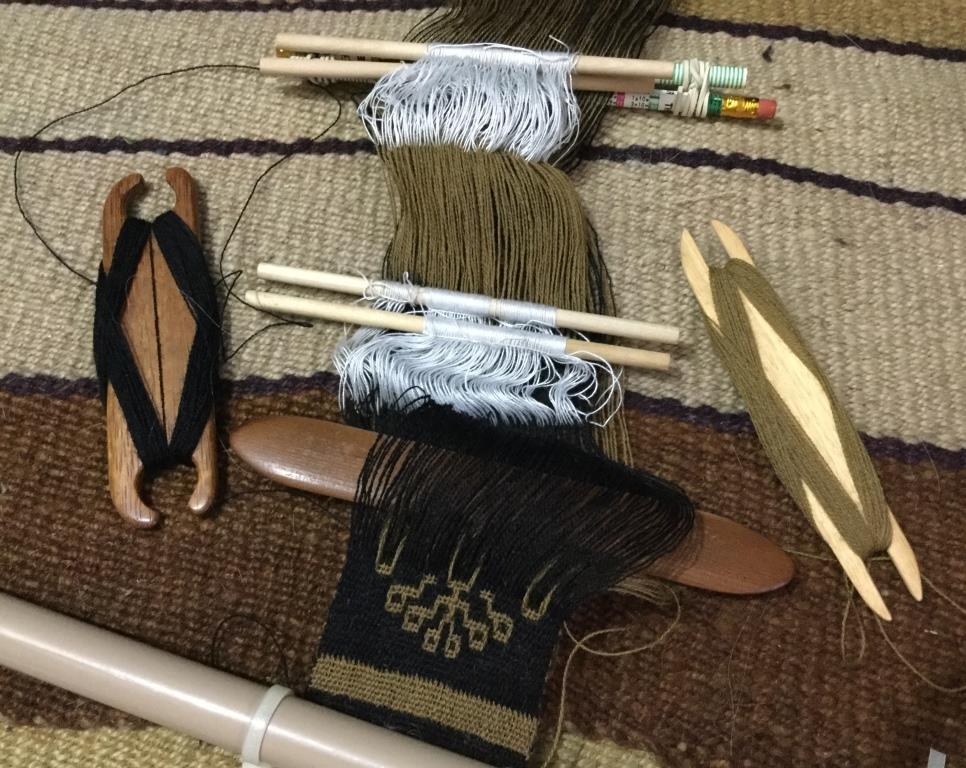







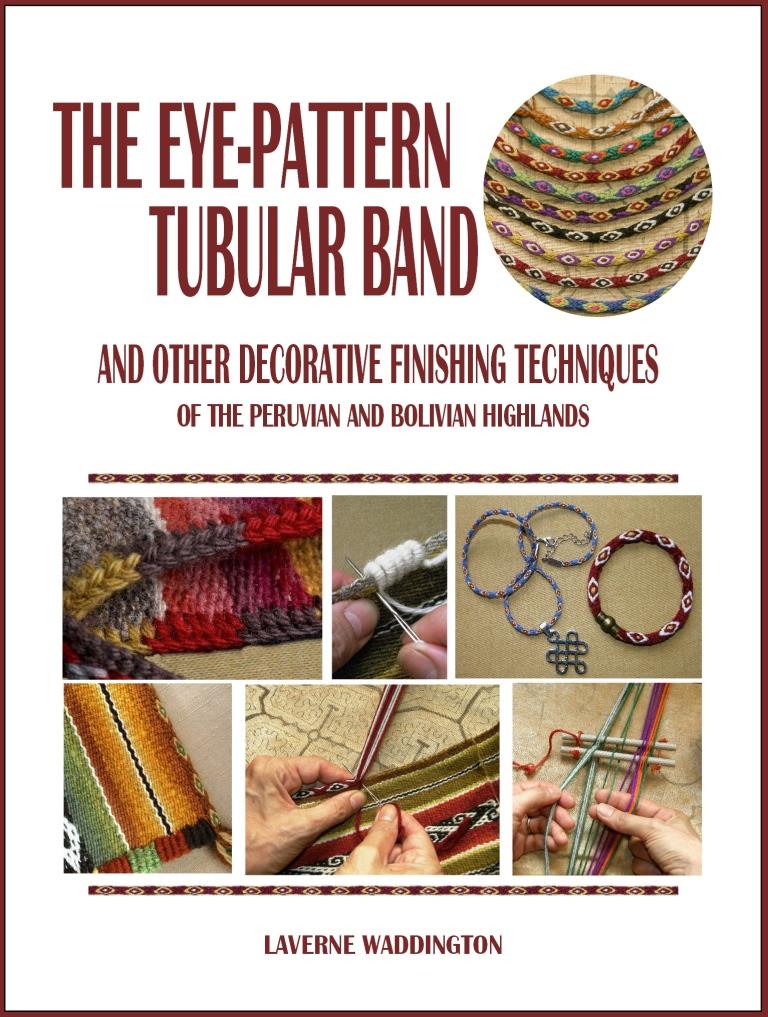




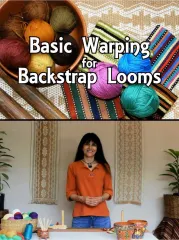







Hi Laverne, I really enjoyed your latest blog post and the photos made it even better! I have managed to grow green cotton in the small green house at Martha Stanley’s studio near Santa Cruz, California, and I understand the challenge of spinning the short fibers…so different than spinning wool or llama. Yours is gorgeous!
In August, I’ll be doing a presentation on cochineal for a textile arts guild in Canada and I’d like your permission to use the photos of the band with the cochineal dyed yarn. I would be sure to give you credit. Would this be okay? Thanks, Kris Nardello Santa Cruz Textile Arts Guild
Sent from my iPad
>
By: spderwmn on June 10, 2022
at 4:30 pm
Hi Kris. It’s so nice to hear from you and it’s fascinating to learn about the green cotton you are growing. Of course you may use the photo. I am afraid that the resolution may be very low. If it doesn’t work for you as is, I could perhaps take another picture for you.
By: lavernewaddington on June 10, 2022
at 8:52 pm
Great post! Your cotton spinning is so enjoyable to follow. I tried years ago to spin on one of those little support spindles and just could never get the hang of it.
By: tscweaves on June 10, 2022
at 9:58 pm
Thanks, Theresa. The best thing I did was buy Joan Ruane’s video class on the takli spindle. I still can’t be sure that I am not putting too much twist into it but I guess I just need to weave with it and see if I like the results.
By: lavernewaddington on June 10, 2022
at 11:17 pm
Enjoyed your post – I love reading about the things you’ve done that brought you to where you are in your career. I love your adventures. You remind me of my very good friend Ruth – she was the anthro grad student I was traveling with on my first trip to Peru in 1980. We met while working for Prudential Insurance in LA when we were in college. We traveled in Mexico and Guatemala several summers in the ’70s. Over the years, she’s lived in Singapore, New Delhi, and Johannesburg, So. Africa, and now in a So. African Beach City called Hout Bay. She traveled extensively in Peru and gathered a great collection of textiles which she donated to a museum in Peru last year – lived in a small Amazon village for a year with her Peruvian, then-boyfriend who was an artist who studied native design and use of color to use in his art. Oh yes – she’s also lived in Kashmir and Kathmandu. And somewhere along the line, she decided she wanted to be Suzanne instead of Ruth. Her focus has been on photography – but she also weaves a little. You and Ruth-Suzanne are similar free spirits.
Thanks for sharing – PS I’m hoping to learn how to spin on a spindle this summer. I have a friend lined up to teach me.
By: Virginia Glenn on June 11, 2022
at 5:57 am
Hi Virginia. I am glad you enjoyed this post. Your friend Ruth-Suzanne sounds amazing. I have to wonder if she chose the name Suzanne after the Leonard Cohen song…the Suzanne in that song sounds like a free spirit. While I have been to some of the places you mention, I haven’t lived in them which is a big difference. She must have some stories to tell and must be very good at figuring out long-stay visas! Good luck with your spindle spinning.
By: lavernewaddington on June 12, 2022
at 7:04 pm
Dear Laverne, lovely to see all your spindles and that you always keep using the most ‘rustic’ one. Amazing they use part of a flip flop for some of them. I remember browsing the stalls in Bolivia with all the witch crafty things, usually a big bag of coca leaves and some dried alpaca babies. What a stunning camera strap, love the colours and motifs. I’ve always admired the bits you’ve showed in Finnweave, excited to see you do more soon. We’re about to leave for the Netherlands for 6 months, to see my family and let the children try some school out there… it’s freezing and very windy here, with a big dusting of snow on Kunanyi. Xx Anna
By: Anna Wittert on June 12, 2022
at 10:57 am
Hi Anna,
I’ve been reading about the big freeze in Tasmania! It makes me think wistfully about Thredbo and all the years I spent there and the awesome ski season they are sure to have. That’s quite a move you are making! Your family will be so pleased to have all that time to spend with your kids. And what an adventure for them. I am glad that you are feeling confident about traveling. I am not there quite yet. Take care. It makes me so happy to know that you continue reading my blog after all these years.
By: lavernewaddington on June 12, 2022
at 6:58 pm
Amazing work! I would say you are a great knitter too, judging from that precious vest.
By: Christina Palafox on August 4, 2022
at 9:29 am
Thanks, Christina. I don’t know about the knitting. Every time I visit my friend Claudia, she teaches me a new cast-on or new stitch or trick. One day when I live some place with a real winter, I am sure that I will get into knitting more. I do enjoy it.
By: lavernewaddington on August 4, 2022
at 12:12 pm